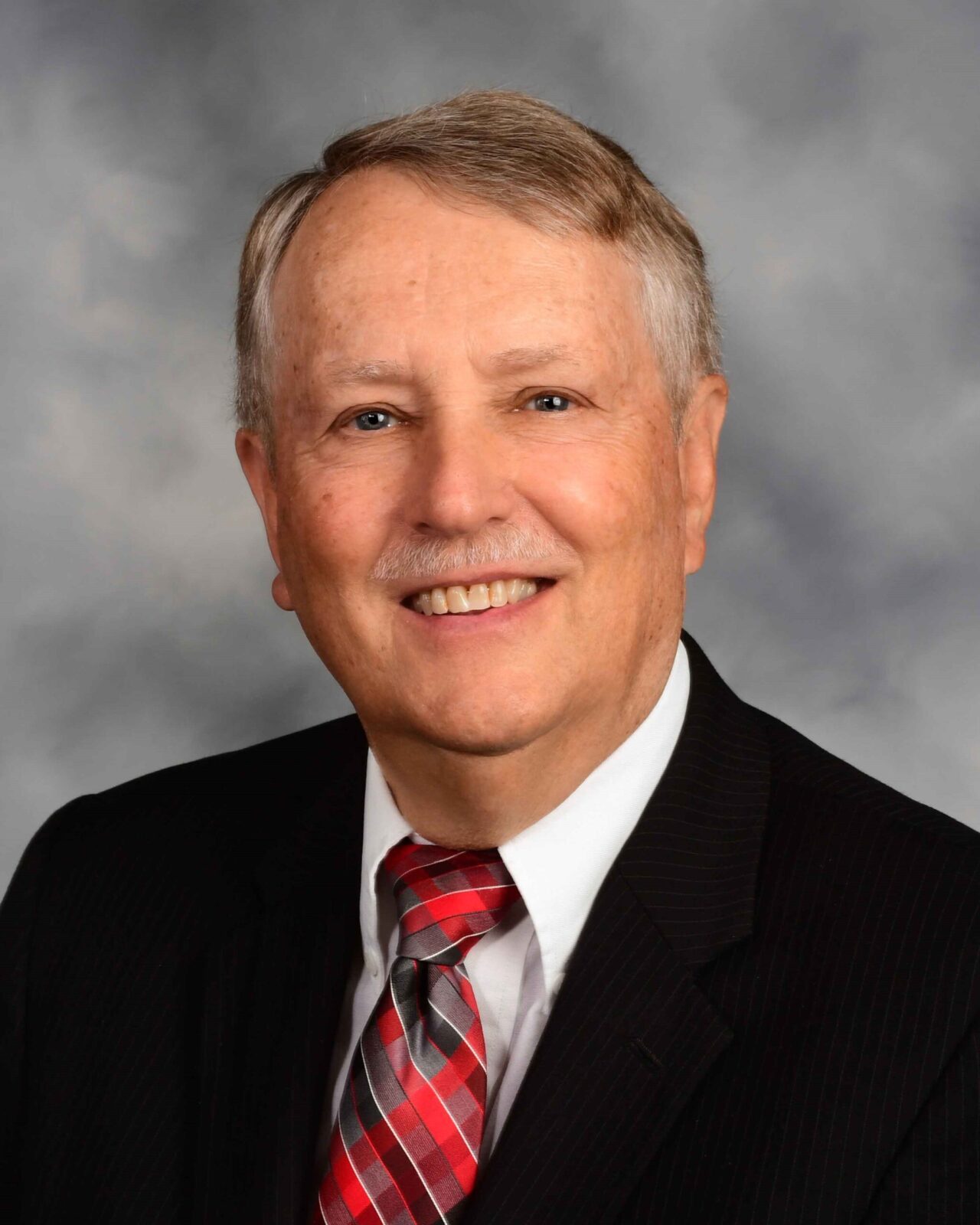About SSKC
Stuyvesant, Strong, Krapfl and Carda
With deep Warren County roots, Stuyvesant, Strong, Krapfl, and Carda has included many prominent state and local leaders including congressmen and several former members of the firm that went on to be judges appointed to the bench. In fact, the firm can trace its roots back over a century to 1870, when John H. Henderson began practicing law in Warren County. His father, Paris P. Henderson was an attorney going back even further and possibly even preceding the formation of Warren County. However, there is no definitive record that the two Hendersons associated or practiced law together so we consider 1870 as the starting point of SSKC.
In 1975 Robert Stuyvesant opened an office in Carlisle and has been a consistent part of that community ever since. In 2021, the Carlisle and Indianola firms merged, and in 2022 the firm of Stuyvesant, Strong Krapfl, and Carda was created. The Carlisle office has been operating out of the same location for nearly 25 years and the Indianola office has been used by the firm for over 100 years. The firm has changed names many times over the years with the continual influx of new generations of attorneys at the helm, but its commitment to the community and zealous advocacy in Warren County and throughout Central and South-Central Iowa has remained.


The Indianola Square from 1907 to 2022.
Our History
Warren County - The Beginning
The history of Stuyvesant, Strong, Krapfl, and Carda is deeply intertwined with that of Warren County dating back to the 1800s. In October of 1847, only a year after Iowa gained statehood and became the 29th state, Paris P. Henderson entered Warren County as one of the first handful of settlers to call it home. In 1848, Paris P. Henderson was named the very first sheriff of Warren County and was married to Martha Haworth in the very first marriage in Warren County. Shortly thereafter, his son John “J.H.” Henderson was born and has been noted to be one of, if not the first, male children born in newly formed Warren County (Ackworth).
Henderson was also the person who actually named Indianola. In the fall of 1848, while acting as sheriff and helping to survey and locate the county seat, his lunch was wrapped in a copy of the New York Sun newspaper. When he unwrapped it, he noted a story involving the town of Indianola, Texas. The party agreed by unanimous vote to name the county seat Indianola.
Paris Henderson was very involved in public service, serving as not only sheriff but was elected judge, a state senator, city treasurer, member of the board of trustees of Simpson College, and even the mayor of Indianola for 12 years. However, in 1861 he resigned from the Senate to raise a company of volunteers for service in the Union Army being mustered in as captain of Company G, Tenth Iowa. He rose to the rank of colonel and fought “at the front” in over a dozen major battles in the Civil War including the siege of Vicksburg. He also fought alongside General Sherman in his memorable “March to the Sea” and assisted in the capture of Savanah before returning to Warren County to continue his life and public service. Paris P. Henderson has been called the most influential man in early Warren County history.[1]
[1] Naughton, Adam. Thesis, Bibles and Ballots: The Formation of Conscience and Popular Expressions of Anti-Slavery Sentiments in Early Warren County, 2011
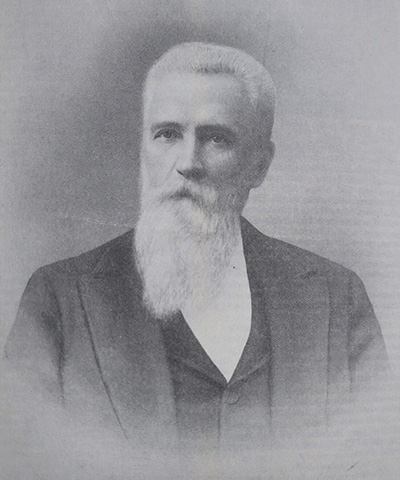
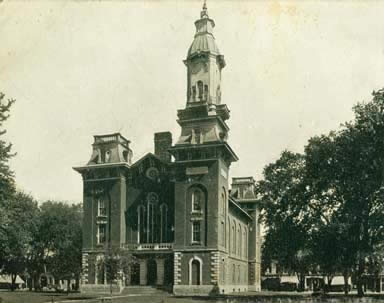
SSKC Origin - Henderson and Berry
In 1870 John “J.H.” Henderson studied under his father, Paris, and was admitted to the Iowa bar by examination. Although it is possible that the roots of this firm actually go all the way back to the earliest days of Warren County in the 1850s with Paris P. Henderson’s law practice, the material available doesn’t explicitly note that Paris ever actually practiced law associated with his son John. So, we consider the beginning of the SSKC firm to have started in 1870 when J.H. Henderson began his practice in Indianola. Three years later, in 1873, another promising young attorney by the name of W.H. Berry joined forces with J.H and they formed the firm of Henderson and Berry.
This partnership “was to become the county’s most prestigious law firm. Berry and Henderson also became involved in state and local politics and were recognized as the most prominent politicians in the county for nearly half a century.”[2]
[2] Bryan, Patricia and Wolf, Thomas. Midnight Assassin: A Murder in America’s Heartland: University of Iowa Press, 2005
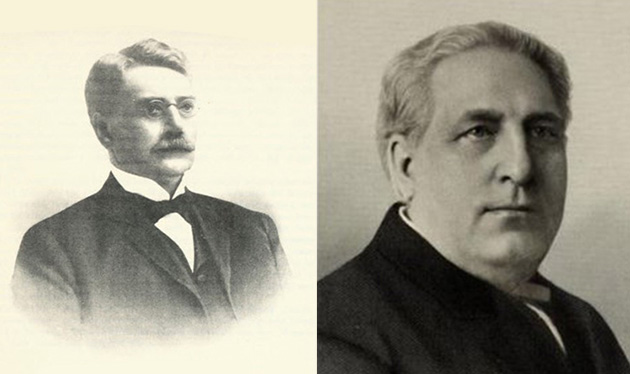

Midnight Assassin - Murder in Warren County
At approximately midnight on December 1st, 1900, John Hossack was violently murdered in his own bed by two blows from an axe to his head in rural Warren County. His wife, Margaret Hossack, said that she was sleeping next to him at the time of the attack. She told the authorities that she had heard the sound of two boards banging together but when she got up to investigate that the attacker had fled from the scene. Only a few days later, on December 5th at John’s funeral, Margaret was dramatically arrested for his murder.
The day after her arrest, on December 6, 1900, Mrs. Hossack employed the law firm of Henderson and Berry for her defense and the newspapers reported that she was prepared to “fight the case to the end.”[1] She maintained her innocence throughout and never wavered. The trial began at the courthouse in Indianola months later on April 1, 1901 and newspapers from as far away as Chicago covered the trial extensively. With the identity of the actual assailant up for debate, the papers at times would refer to the murderer or murderess as “the midnight assassin.” As the trial progressed, testimony was produced alleging that there was conflict and potentially that Margaret and her older children were abused by John.
It was a spectacle in Indianola as it was estimated that roughly 1,200 people came to watch the trial daily. The trial itself had its share of twists and theories including one in particular regarding the Hossack’s dog “Shep” who was silent at the time of the murder even though he “had a reputation for barking.”[2] Throughout the next day the dog was said to have been strangely quiet and believed by some to have been drugged.
The Des Moines Daily News reported on W.H. Berry’s impressive closing arguments:
Senator Berry is exhausting himself, his eloquence and oratory in the final effort of the defense to clear Margaret Hossack of the charge of murder. It is said to be the master effort of his life, and it would be hard to conceive of a more affecting plea than that which he has placed before the jury for its consideration during the last two hours of the morning session. At times the jury without an exception was moved to tears. Strong men who had not shed a tear in years sat in their seats mopping their eyes and compressing their lips in a vain effort to suppress the emotion caused by the senator’s eloquent plea.[3]
However, on April 11th the jury deliberated and found Margaret guilty. On April 16th she was sentenced to life imprisonment. Margaret’s parting words as she was turned over to the penitentiary at Anamosa were said to be “tell my children not to weep for me. I am innocent of the horrible murder of my husband. Someday people will know I am not guilty of that terrible crime.”[4]
Her conviction was overturned by the Iowa Supreme Court. Henderson and Berry represented Mrs. Hossack on both the appeal and the new trial. Upon retrying the case in Madison County after a change of venue, the result was a hung jury. Ultimately the case was dismissed.
The Hossack case is considered unsolved and an Iowa cold case. Years later, there are still theories as to the actual murderer. In 1953, Don Berry (son of W.H. Berry), long time editor and publisher of the Indianola Record-Herald collaborated to publish a written History of Warren County. In a footnote on the section that discussed the Hossack trial he added:
As a young newspaper reporter I covered the first trial of Margaret Hossack for the Des Moines Register. While the testimony did not prove her “not guilty,” to my mind it fell short of proving her guilty. In the years passed since the trial, evidence has come to me still further casting doubt on her guilt; but I cannot repeat it here without casting a shadow on another party, now dead and against whom the evidence is not conclusive. However, I cannot allow this permanent record to go to press without saying more in the defense of the name of Margaret Hossack than simply the second jury disagreed. I do not believe she was guilty of the murder of her husband.[5]
Interest in the Hossack case has continued into the 21st century with articles, podcasts and even a 2005 book (Midnight Assassin: A Murder in America’s Heartland by Patricia L. Bryan and Thomas Wolf) on the subject.
[1] Glaspell, Susan. “She Prepares to Fight.” Des Moines Daily News, December 6, 1900
[2] Shultz, Gerald and Berry, Don. History of Warren County Iowa, 1902
[3] Glaspell, Susan. “Allege Haines was Murderer.” Des Moines Daily News, April 9, 1901
[4] Glaspell, Susan. “Mrs. Hossack’s Parting Plea.” Des Moines Daily News, April 19, 1901
[5] Shultz, Gerald and Berry, Don. History of Warren County Iowa, 1902


Berry and Watson
In 1885 J. H. Henderson became a judge and W.H. Berry began practicing as a solo attorney. This was the case until the two attorneys again reformed the firm of Henderson and Berry in 1895. In 1901, Henderson broke away to form the firm of Henderson and Henderson with his son (Frank P. Henderson). At this point, Berry again began practicing as a solo practitioner.
However, in 1903, W.H. Berry took on another young prominent Indianola attorney as a partner, J.O. Watson Sr.. On May 1, 1903, they announced in the Advocate Tribune that the firm of Berry and Watson was formed.
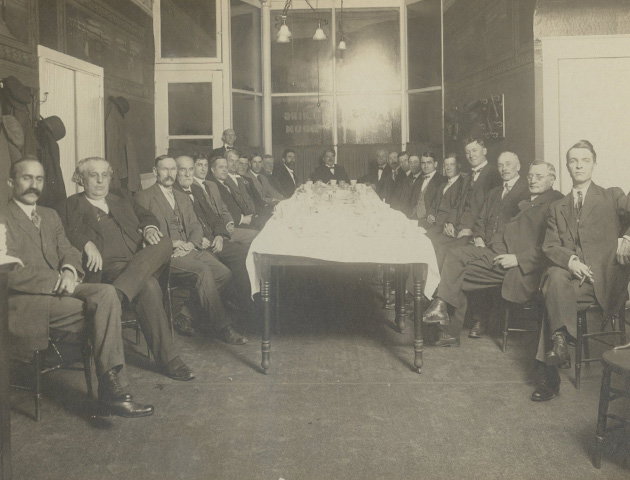
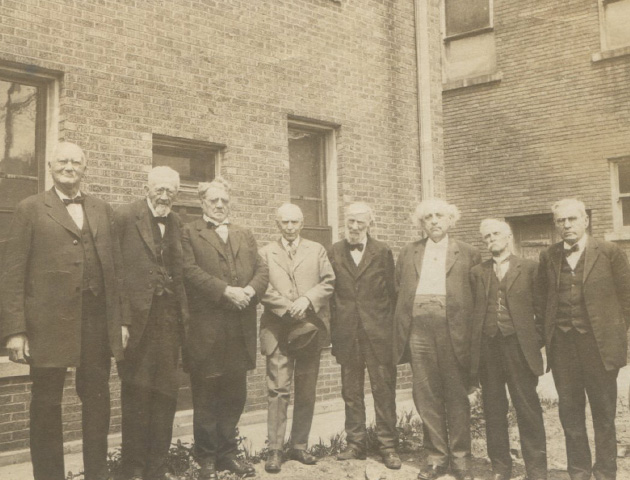
East Salem Office
In the fall of 1920, J.O. Watson Sr. opened his own solo practice at 106 East Salem Avenue. Over a century later this is still the location of our Indianola Office. For nearly ¾ of a century after his initial partnering with Berry, J.O. Watson and/or his sons were managing partners of the firm. Throughout the years dating back to the beginning and continuing the tradition into the 21st century, a number of prominent attorneys have been partners in this firm, today known as Stuyvesant, Strong, Krapfl, and Carda.
J.H. Henderson, W.H. Berry, and J.O. Watson Sr. were the first three members and the root of the firm that today boasts over 150 years of service to Warren County and its surrounding areas.


Carlisle Office
Arguably the first recorded resident in Warren County was John D. Parmalee, a fur trader, who around 1843 aided in the construction of what became known as “Parmalee’s Mill” on the Middle River, near present-day Carlisle. [1] The Carlisle and Scotch Ridge areas became some of the first parts of Warren County settled shortly after Iowa became a state in 1846. Peter Schooler, was one of those first to settle the area, hailing from Paxton, Scotland. Schooler donated the land and helped to build the Scotch Ridge Presbyterian Church which was still standing well into the 21st century. [2]
In 1975 Bob Stuyvesant and Bill Schooler (great-great-grandson of Peter Schooler) started the law firm of Schooler and Stuyvesant in Carlisle. The original site of the Carlisle Office was near 8th street. Eventually, Bob Stuyvesant would join Bob Benton and it would become the long-time firm of Stuyvesant and Benton. However, you won’t be able to visit the building today as it was demolished to make way for the Highway 5 bypass that now goes through Carlisle. Shortly before the turn of the century, Stuyvesant and Benton moved to the Carlisle Office’s current location just off the intersection of Scotch Ridge Road and Highway 5.
[1] Andrews, Lorenzo F. Pioneers of Polk County, Iowa, and Reminiscences of Early Days; Des Moines: Baker-Trisler Company, 1908.
[2] Fry, W.F and Schooler Sr., W.R. Tales of Scotch Ridge and Carlisle, 2000

Indianola Firm
The firm in Indianola continued to evolve as new generations of attorneys took over the practice and carried it forward. In 1977, Claire Patin graduated from Drake Law School and joined as an associate in the firm that was then called Elgin, Hoyman and Clogg. After becoming a partner, she continued her career and was a visible part of the Indianola community for the next four decades, retiring in 2020. In 2016 and 2019 respectively, Joe Strong and Terry Krapfl joined the firm as partners. Until 2021, the firm was known as Patin, Strong and Krapfl.

Stuyvesant, Strong, Krapfl, and Carda
In 2021, the offices of Stuyvesant, Benton, and Judisch merged with Patin, Strong, and Krapfl to become a new firm. Nick Carda joined as a partner in April of 2022 to form the current firm of Stuyvesant, Strong, Krapfl, and Carda. Our Carlisle office is located in the same spot as it has been for the past nearly 25 years and our Indianola office has been in the same historic building for over a century. We are proud to continue our commitment to serving the communities of Indianola, Carlisle, and Warren County (and its surrounding areas) and proud to carry forward the same reputation and tradition of this firm that its predecessors have for over 150 years.

